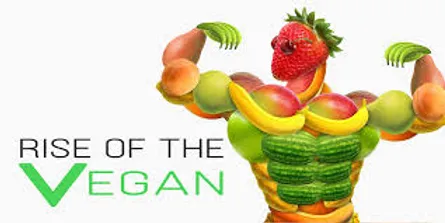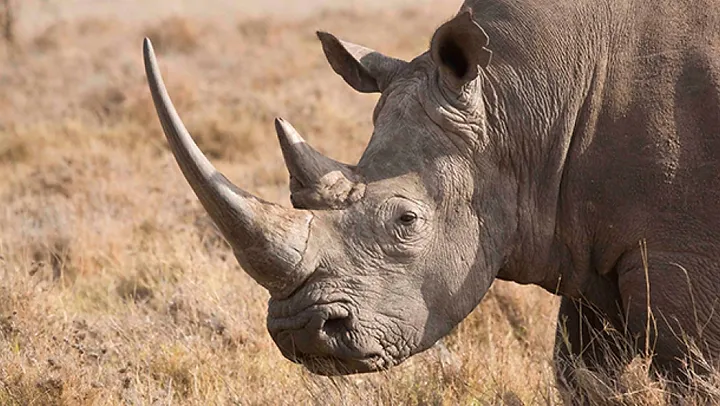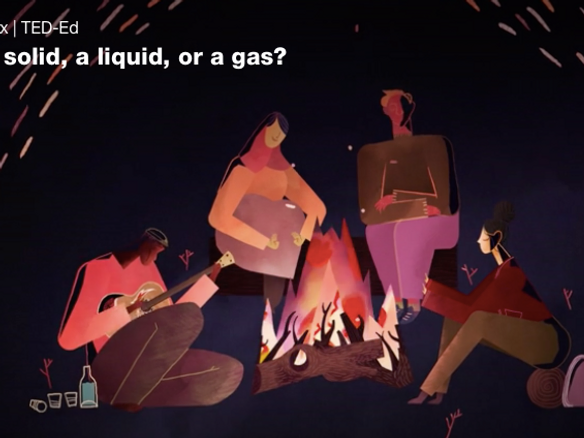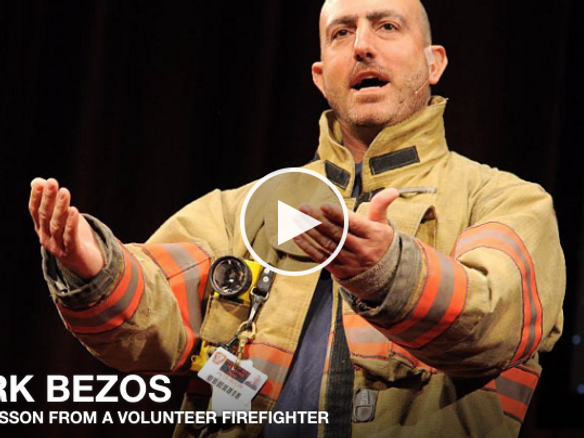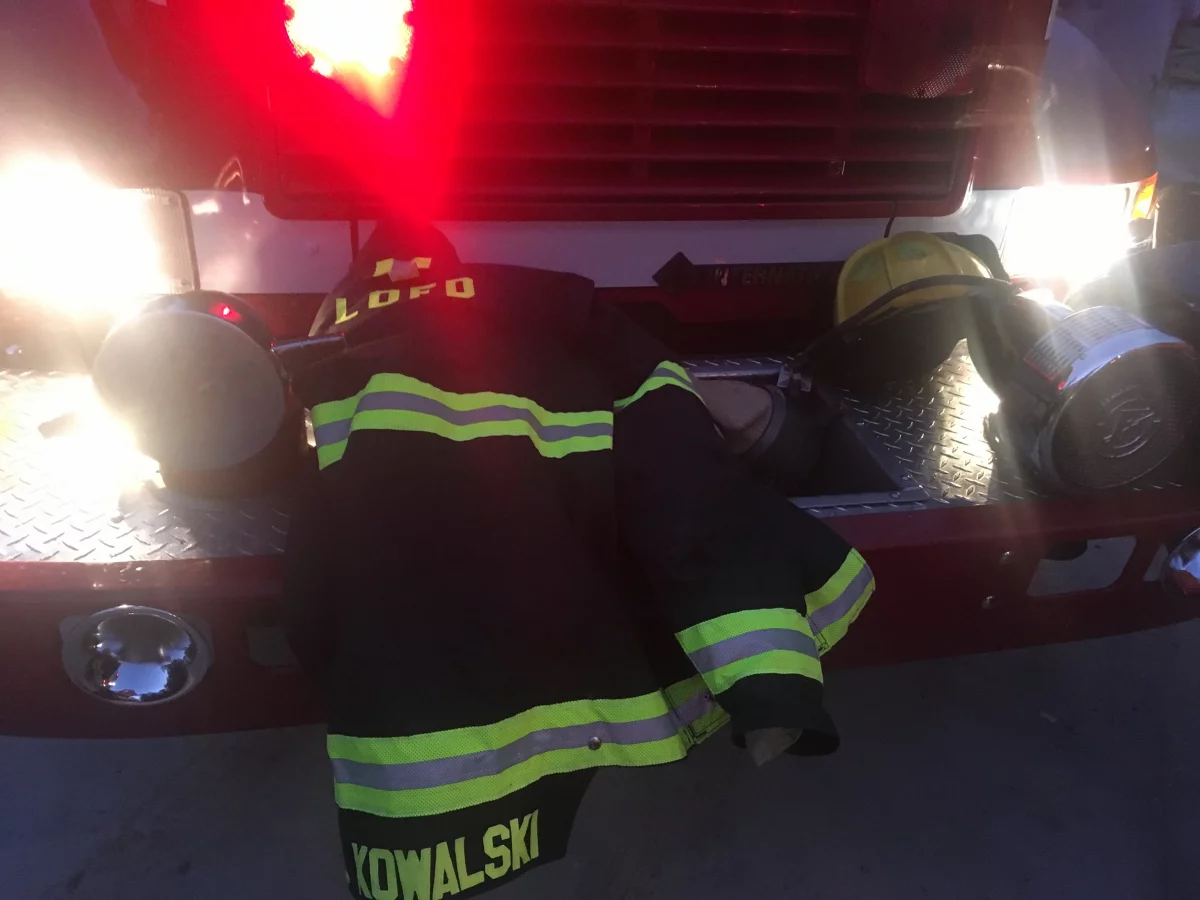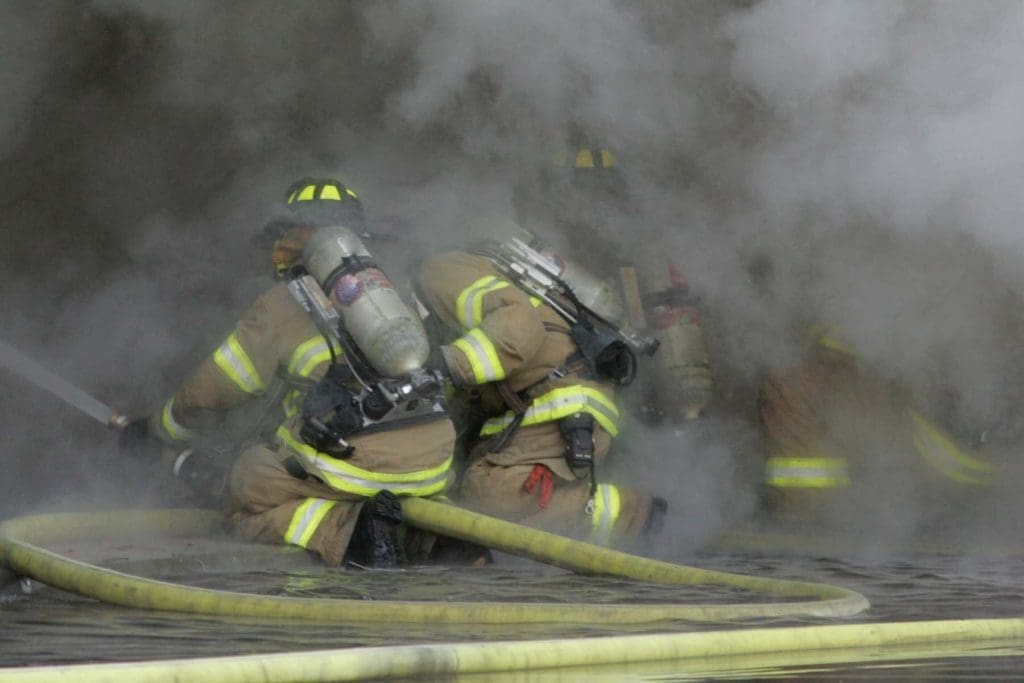Be the Rhino
In 2017, 50 out of 87 US firefighters (that’s 58%) died from heart attacks. Though there’s no way to tell from the reports my guess is that the majority of these fatalities could have been prevented. As firefighters we need to rely on our mind, body and spirt to optimally perform and stay healthy. We all see terrible things and are under tremendous amounts of stress and all manage things in our own ways. Unfortunately, a lot of those ways include harmful things – fast food, alcohol and smoking just to name a few. And while it may seem to help with the stress it’s really only short-term and the longer-term effects are far worse on overall health.
And believe me, I’m no saint. Growing up in the Midwest it was meat and cheese. And since living in the south fried chicken is definitely one of my favorites (visit Champy’s if you get to Chattanooga). And at my age (pushing 50) my body is a bit squishy in the middle, recovery time takes a bit more and those daily aches and pains are gradually increasing.
I recently watched a documentary on Netflix called “What the Health.” See the trailer here. And it completely blew me away. What the hell have I been putting into my body and is now the time to do something different? At least try something new for better health and improved performance on the training or fire ground. Sooo… Mr. barbecue-loving, fried chicken-eating, cheese-dripping me decided to give it a try… a plant-based diet – going vegan.
That means and for over a week now I’ve been successful… eating nothing that comes from an animal. Not even my beloved cheese/spinach/artichoke dip.
But think about it. What are some of the biggest and strongest animals on the planet? Rhino, elephant, hippo, gorilla. They eat over 95% plants (the rest is bugs).
And I kid you not, just after a week of this my daily aches and pains have lessened, and I have more energy. Even doing some hardcore training drills I felt great and my recovery time was a fraction of what it used to be eating meat, cheese, eggs, etc. I feel lighter and more flexible.
I feel better. Physically and mentally.
And because of that I’m going to keep riding the vegan train. Not promising I won’t fall off here and there but at least for the next month I’m into it hardcore. I challenge you to give it a try too. For a week or two. What do you have to lose besides a few pounds and a sluggish feeling?
